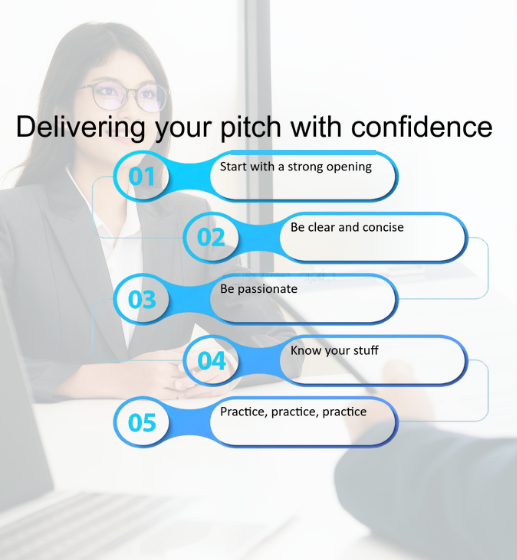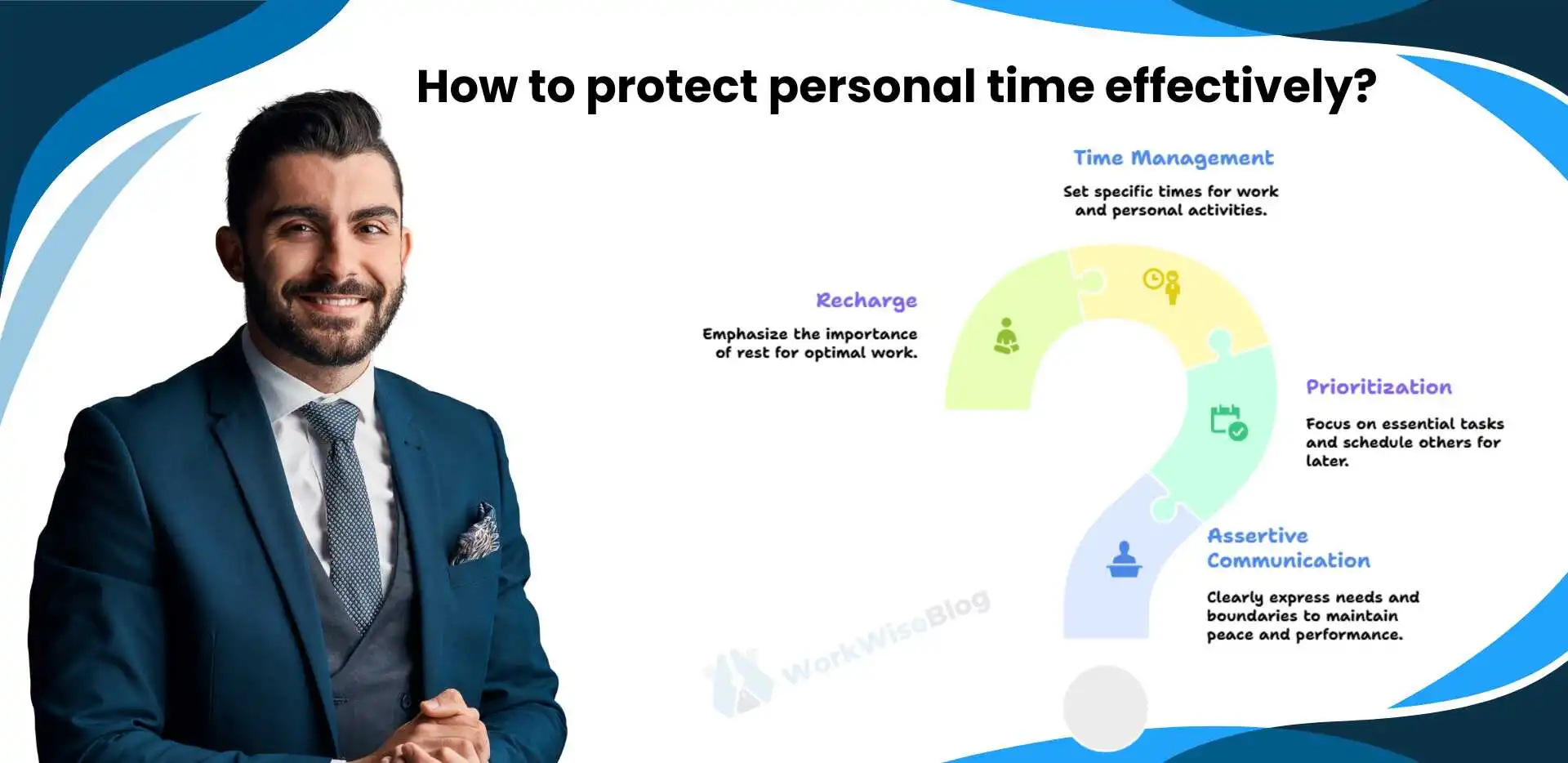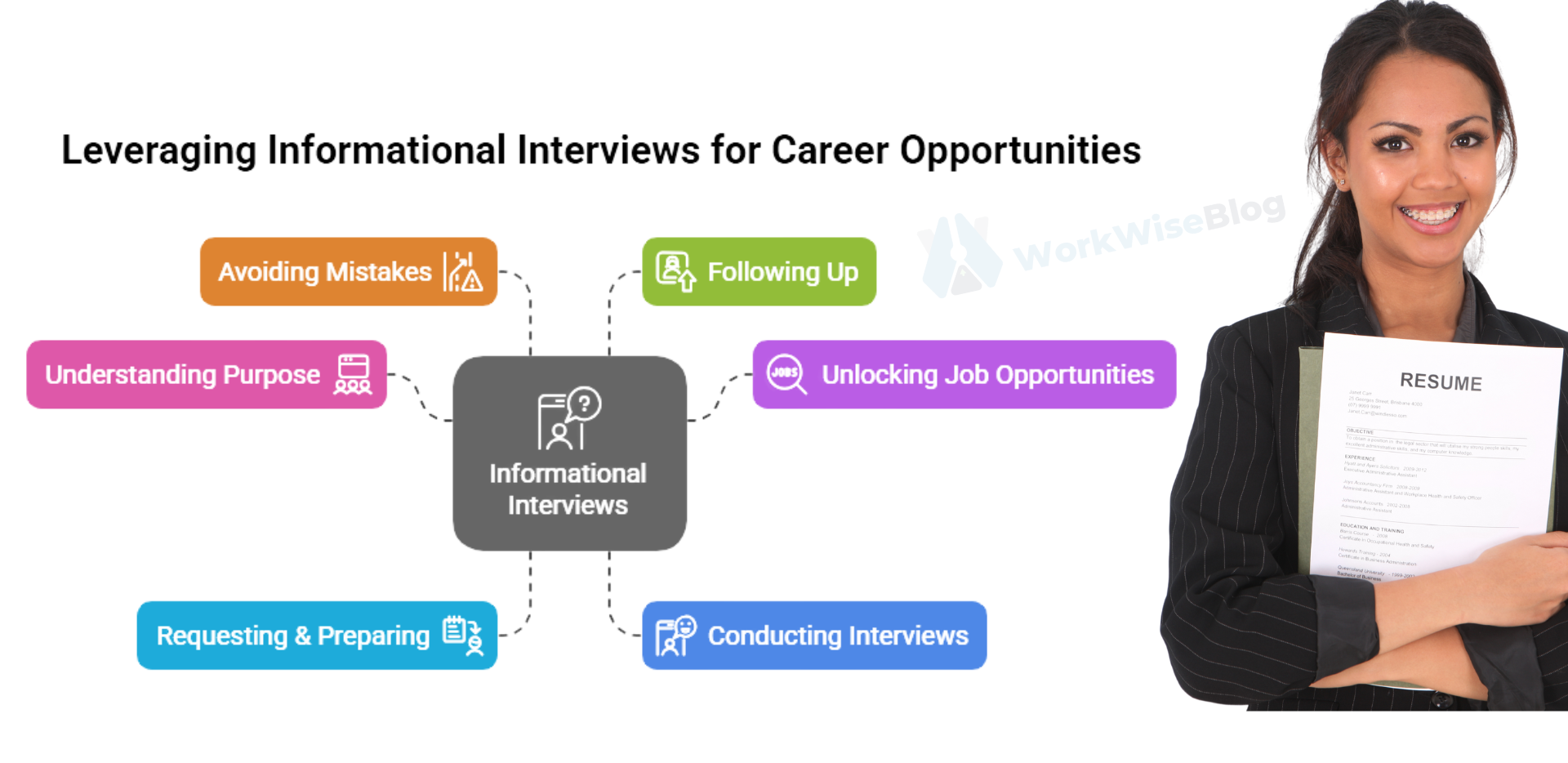
Why You Need a Great Elevator Pitch
Your own pitch is your opportunity to make a long-term impression. When you are attending a career fair, networking at a company event, or visiting with a field influencer, a ready-made pitch helps you:
- Building a Good First Impression – Project confidence and professionalism.
- Expressing Your Value Clearly – Highlight your skills, experience, and goals.
- Captivating Your Audience Rapidly – Engage them in what you say.
- Opening Doors to New Opportunities – Open doors to job offers, collaborations, or partnerships.
Fact: Studies reveal that people make first impressions in the initial 7 seconds of encountering an individual. Your own pitch shapes that story and creates a lasting impact.

Step 1: Define Your Purpose
Prior to writing your pitch, ask yourself:
- Who is my audience? (Hiring managers, potential clients, investors, or industry peers?)
- What do I want to gain? (An employment opportunity, a networking link, or interest in my business?)
- What is the essential message I wish to communicate? (Your capabilities, strengths, and distinctive value.)
Example Situations:
- When you’re seeking employment, your pitch must center on your qualifications, experience, and professional ambitions.
- When you’re a freelancer, it should emphasize your ability and services.
- If you are in business, it should state your value proposition and industry influence.
By knowing your purpose and audience, you can make your pitch more relevant and compelling.

Step 2: Craft Your Elevator Pitch (The 4-Point Formula)
A successful elevator pitch takes this easy form:
-
- Begin with a Strong Introduction
- Share Your Skills and Experience
- Demonstrate Your Unique Value
- Close with a Call to Action
1. Begin with a Strong Introduction
Begin with a confident, engaging introduction that captures attention immediately.
- State your name and profession clearly.
- Keep it natural – don’t sound robotic.
- Use a hook to make it memorable.

Example:
- “Hi, I’m Sarah Patel, a digital marketing strategist with experience in growing the online presence of brands. I’ve helped brands such as XYZ grow their website traffic by more than 50%.”
This intro is short, clear, and attention-grabbing—it gets across straight away what you do and who you are.
2. Highlight Your Skills and Achievements
Once you’ve introduced yourself, make a quick mention of your most critical skills and achievements.
- Say 1-2 key skills that will be valuable to the person you’re addressing.
- Refer to statistics and real-life evidence to make it more authentic.
Example:
- “I have expertise in content marketing and paid advertising, and at my last company, I increased the customer base of a startup by 40% through data-based efforts.”
This shows one’s expertise and actual impact without flooding the listener.
3. Highlight Your Unique Value (What Sets You Apart?)
Now, respond to why you are different. What is special about you? Why do they need to remember you?
- Emphasize an extraordinary skill, viewpoint, or strength.
- Emphasize what you can do or bring to the table.
Example:
- “What differentiates me is my talent for marrying creativity with analytics—I don’t merely come up with campaigns, I make sure they deliver quantifiable business outcomes.”
This indicates a distinct method that differentiates you from the rest in your industry.
4. Finish with a Call to Action (What's Next?)
A elevator pitch must not conclude—it must take the prospect to the next step.
-
- Pose a question to continue the conversation.
- Indicate interest in a prospect.
- Offer a follow-up (coffee chat, LinkedIn connection, etc.).
Example:
- “I’d love to know more about what your team is doing in terms of digital marketing. Are you looking at new ways to drive social media growth?”
This makes the conversation interactive, which will likely garner a response.
Step 3: Adapt Your Pitch for Different Situations
Your pitch should be flexible—you need to adjust it depending on the scenario.
Job Interviews
- Use your pitch as your response to “Tell me about yourself.”
- Highlight your background, most significant accomplishments, and professional aspirations.
Example:
“I’m a software engineer with front-end development expertise. At my previous position at XYZ Tech, I rearchitected a fundamental feature that enhanced user engagement by 30%. I love building seamless user experiences, and I’m looking forward to joining your team.”
Networking Events
- Keep your pitch relaxed but effective.
- Emphasize connecting with people over “selling” yourself.
Example:
“I’m a UX designer passionate about solving tough design problems. I just spearheaded a project that streamlined an app’s navigation, boosting user retention by 20%.” What about you—what’s your current focus in UX?”
Business Pitches
- Highlight your value proposition and impact.
- Show why your product/service matters.
Example:
“I’m the founder of GreenTech, a startup that helps companies reduce energy costs through AI-powered automation. We’ve already saved businesses over $2 million in energy expenses. I’d love to explore ways we could collaborate!”
Step 4: Practice, Refine, and Perfect Your Pitch
Once you’ve crafted your pitch, practice it until it feels natural.
- Record yourself to improve tone and delivery.
- Practice in front of a mirror to refine body language.
- Test it on friends or colleagues for feedback.
Pro Tip: Your pitch should sound like a conversation, not a memorized script. Be engaging, adaptable, and authentic.
Final Thoughts: Mastering Your Elevator Pitch
A well-crafted elevator pitch is a powerful tool that helps you stand out in professional conversations. Whether you’re introducing yourself at an event, speaking to recruiters, or pitching your business, a great pitch can open doors to new opportunities.















